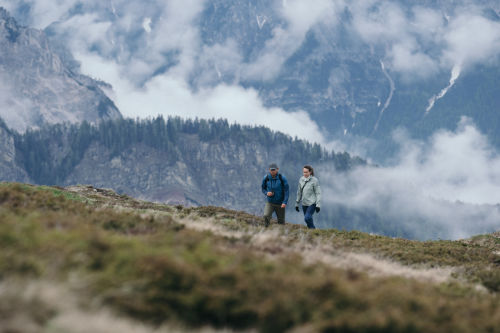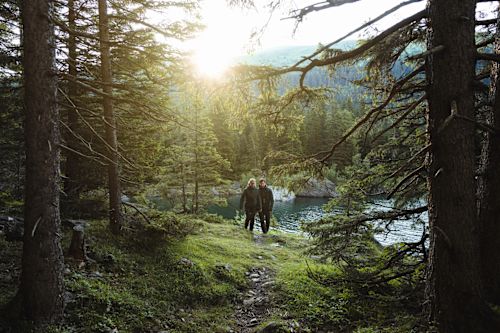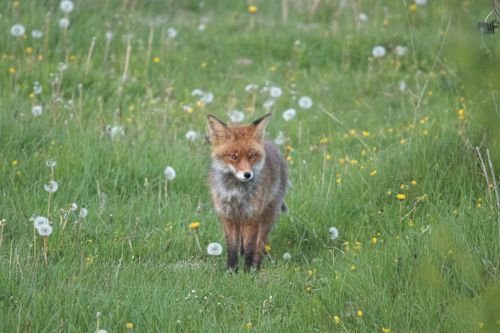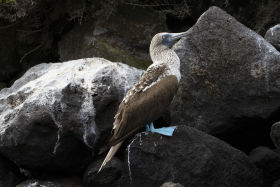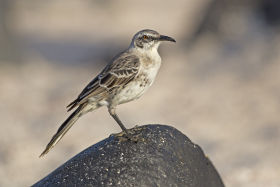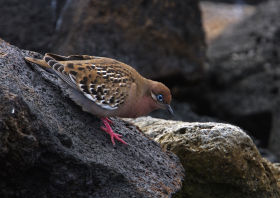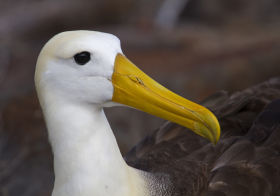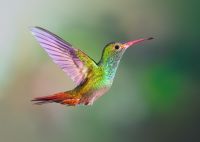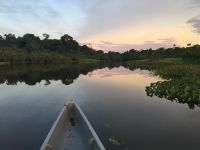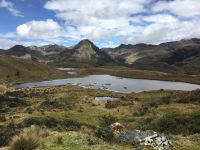The Crown Jewels of Ecuador – the Galapagos Islands are the ultimate bucket list destination. One reason for this is that much of the wildlife that has evolved there is unique, and without any indigenous human populations or natural ground predators, remains preposterously tame and nonchalant to human approach. Quite simply, it is some of the easiest wildlife viewing anywhere.
The Galapagos Islands are indelibly linked with Charles Darwin and evolution too. His ship, the Beagle, first docked there in 1835, and the researcher swiftly cultivated his simmering theories of evolution by natural selection. The Charles Darwin Foundation has a center located on Santa Cruz Island, and displays the excellent conservation work achieved to help species like the famous giant tortoises, for which the archipelago is named. Indeed, while the islands can be considered a haven for unique bird species, with some 25 only occurring there, it has often been coined the Land of Reptiles, for this fauna is typically most conspicuous. On many islands, lava lizard species only occurring on that individual island scamper underfoot, while along the shore Marine Iguanas, the world’s only marine lizard, line up in packs, regularly blowing saltwater out of their nostrils.

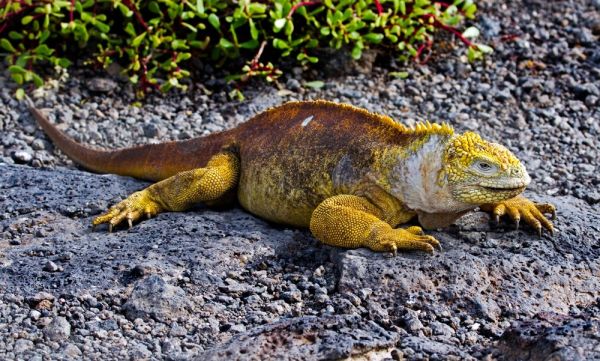
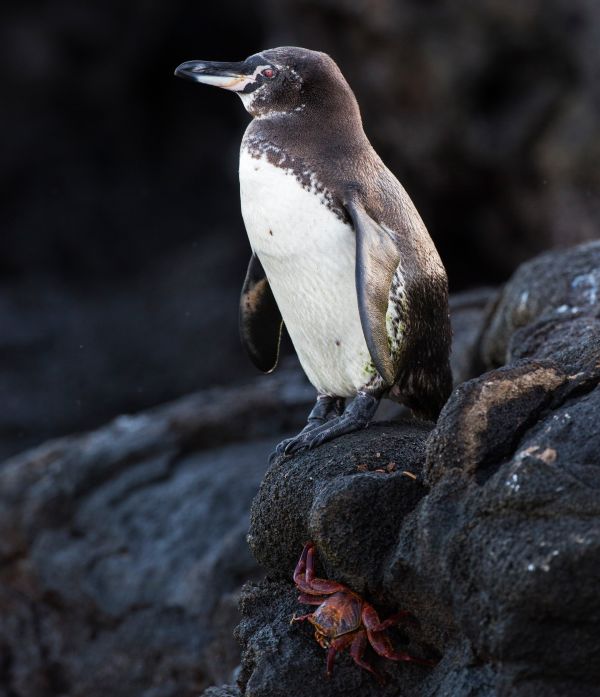
61 islands and islets
The islands are extensive, comprising 61 islands and islets, of which 13 could be considered “main islands.” While they are all protected, only a small portion of these are open to tourists.
The islands span 430 kilometers (267 miles) from northwest to southeast, and range from sea level to 1,707 meters (5,600 feet) on the large, seahorse-shaped island of Isabela in the western side of the archipelago. When visiting sites like Punta Moreno on Isabela the ground underfoot is sticky, crusty, crumpled black Pahoehoe lava, and few plants are evident, save for well-named pioneer species like Lava Cactus. However, even in a place so initially barren to the eye, the shoreline holds one of the Gala-pagos’ oddest residents: the Flightless Cormorant. Uniquely for the family, it is the only species that has lost the ability to fly, its stunted vestigial wings ample evidence of this. Furthermore, pools and lagoons pro-vide oases in these stark landscapes, and where this happens bright sparks of pink can be added to the scenery, as flamingoes seek these out.
The majority of tourists visit the shoreline and arid zone, for the most part, as this is where seabirds, like boo-bies, frigatebirds, and unique gulls rest or nest, as close as arm’s length. This is also where the world’s only penguin occurs in tropical waters. The sheer volume of individual seabirds, with the ability to observe their behavior up close, make this destination impressive.
One island, Genovesa, has been dubbed Bird Island, as this 14-square-kilometer (5.4 square mile) piece of rock is home to hundreds of thousands of nesting seabirds, e.g. Red-footed Boobies, the endemic Swallow-tailed Gull, or elegant tropic-birds. Another island, Española, shows a dramatic activity of seabird colonies between mid-March to December, as this is when almost the entire world population of 12,000 pairs of Waved Albatrosses come to breed. At sea, they are graceful, flying effortlessly, aided by their immense 2.5-meter (8.2-foot) wingspan, which renders them comedy figures once they touch down.
Much of the Galapagos remains as Darwin saw it. There has been large growth in human populations in designated areas, which has brought its problems. But national park regulations are nowhere as strongly enforced as they are on these islands. The Galapagos can be visited all year round, with a warm wet season running December to May, and a dry season the rest of the year. It is always warm, with daily highs reaching up to 30°C (86°F) in the warm wet season, and lows only dropping to 22°C (72°F) at any time of year.

Tropical Birding tour leader
Sam Woods
Sam Woods is a full-time professional tour leader for Tropical Birding tours. During his 15 years with the company, he has been based in Quito, Ecuador. Originally from the UK, he has also guided regularly for Tandayapa Bird Lodge, within the Andes of Ecuador. A sighting of a pair of tits (Great and Blue) in a London park changed his life at the age of 11. He was an instant bird junkie, and took a degree in Environmental Science, which led him to the Andes of Ecuador for the first time in order to study hummingbirds. Since graduating, his desire for birding travel really took off, and after joining Tropical Birding, has led him to all 7 continents. He has written articles for the ABA’s Birder’s Guide magazine and other birding magazines, as well as being a co-author on several field guides to Australian birds and wildlife. He was also the primary photographic contributor to the recently published Birds of Western Ecuador: A Photographic Guide.

